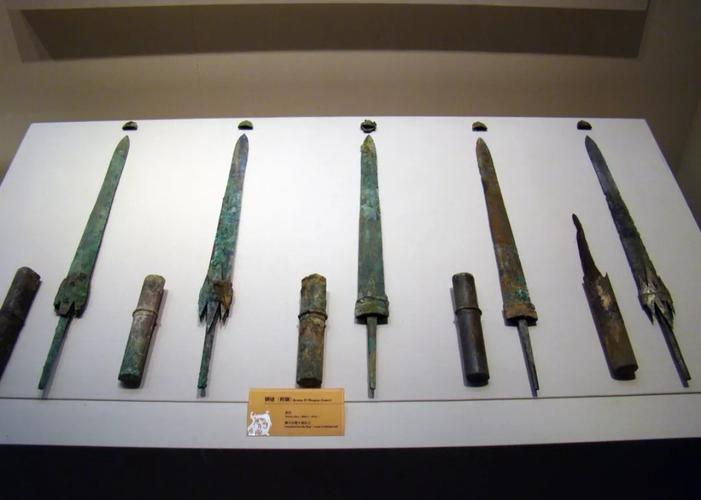
Did the Terracotta Army Have Real Weapons?
The Terracotta Army, discovered in 1974 near Xi'an, China, is a vast collection of life-sized terracotta sculptures depicting the armies of Qin Shi Huang, the first emperor of China. Over two thousand ceramic warriors have been excavated so far, and it is estimated that several thousand more remain buried. These warriors were originally armed with fully functional weapons, primarily made of bronze, showcasing the advanced craftsmanship and military capabilities of the Qin dynasty.
The Discovery of the Weapons
The excavation of the Terracotta Army revealed a fascinating array of weapons buried alongside the warriors. These weapons were not mere replicas crafted for show; they were real weapons, meticulously crafted and fully functional. The discovery astonished archaeologists and offered invaluable insights into the military technology of ancient China.
Types of Weapons Found
The Terracotta Army was equipped with a diverse arsenal of weapons, reflecting the various roles and ranks within the army. Some of the prominent weapon types discovered include:
- Swords: Bronze swords were common and varied in length, some reaching over three feet, indicating their use by both infantry and charioteers.
- Crossbows: Known for their accuracy and range, crossbows were a formidable weapon in the Qin army. Archaeologists even found bronze trigger mechanisms still in working condition.
- Spears and Lances: These long-reaching weapons were crucial for both offensive and defensive maneuvers, used by infantry and cavalry alike.
- Halberds: Combining a spearhead and an axe blade, halberds provided versatility in close combat.
- Arrows: Thousands of bronze arrowheads, designed for maximum penetration, have been found in quivers near the archers of the Terracotta Army.
Craftsmanship and Technology
The weapons of the Terracotta Army were crafted with exceptional skill and precision. The bronze used was an alloy of copper, tin, and other trace elements, providing both strength and resistance to corrosion. The blades were meticulously sharpened and often featured intricate engravings or patterns, showcasing the artistry of the Qin artisans.
The weapons demonstrate advanced metallurgical knowledge and casting techniques. The process involved creating molds, often using clay models, and pouring molten bronze into them. The resulting weapons were not only functional but also works of art, reflecting the high level of craftsmanship during the Qin dynasty.
Significance of the Weapons
The discovery of real weapons alongside the Terracotta Army carries immense historical significance:
- Military Might: The weapons highlight the military power and sophistication of the Qin dynasty, which unified China and laid the foundation for the country's imperial system.
- Technological Advancement: The craftsmanship and advanced metallurgy evident in the weapons provide tangible evidence of the technological prowess of ancient China.
- Cultural Insights: The weapons offer valuable insights into the military strategies, social structure, and artistic sensibilities of the Qin era.
Q&A
Q: Are the weapons still sharp? A: While the bronze weapons were originally sharp, centuries of burial have led to corrosion and dulling. However, their original sharpness is evident from the manufacturing techniques and the pristine condition of some excavated pieces.
Q: Where are the weapons displayed? A: Many of the excavated weapons are displayed at the Museum of the Terracotta Army in Xi'an, China, alongside the warriors and other artifacts.
Q: Why were real weapons buried with the Terracotta Army? A: The use of real weapons suggests the Qin dynasty's belief in the afterlife. The Terracotta Army was intended to serve Emperor Qin Shi Huang in the afterlife, and equipping them with functional weaponry reflects the importance placed on military preparedness even in death.